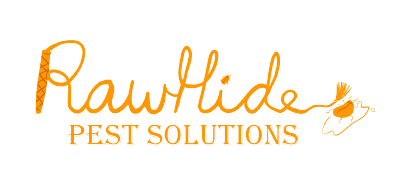Hornets

Western Yellowjacket
Vespula pensylvanica
Wasps Fact Sheet: English, Spanish.
Yellowjacket (Eugene Zelenko, Wikimedia Commons)
Yellowjacket nest (Whitney Cranshaw, Colorado State University, Bugwood.org)
Yellowjackets (Whitney Cranshaw, Colorado State University, Bugwood.org)
Identification
- 3/8 - 5/8 inch long
- yellow and black; no hairs
- abdomen is blunt on the anterior side
Nesting Habits
- social
- colony dies off every fall; fertilized queens overwinter
- nest in old rodent burrows, holes, structural voids, etc.
- queens start new every spring; colonies grow throughout the summer months
Diet
- insects, nectar
- scavengers (meat, sugar, human food, etc.)
Significance
- nests pose a serious health risk to humans
- scavenge in fall making outdoor events dangerous
IPM Recommendations
- Monitor for yellowjacket nests early summer - fall.
- Purchase and use a bee veil, suit and gloves.
- Minimize nesting habitat around property by caving in old rodent burrows and sealing exterior cracks and crevices, holes in trees, wall voids, etc.
- Install tight-fitting screens in windows.
- Never plug entrance holes to nests!
- Use a wet-vac to vacuum yellowjackets, then dig up nest. This technique can be dangerous if not done properly. Research the proper technique and always wear protective gear. Do not attempt while people are present.
- Apply a non-repellent insecticidal dust in and immediately around entrance hole(s) at night.
- Consider outsourcing yellowjacket management.
